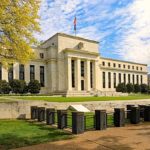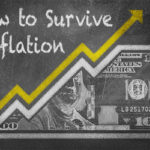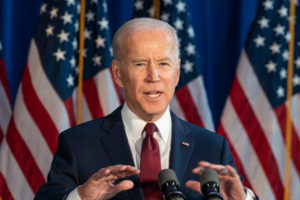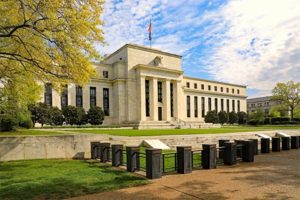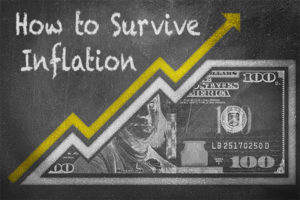Student Loan Forgiveness Act Would Cancel Some Debt after 10 Years
In an effort to help jump-start the economy, generate jobs and lend a helping hand to college graduates facing tough financial times, Democratic Rep. Hansen Clarke of Michigan drafted an act in March that he believes will create much-needed financial relief for millions of Americans.
If passed, H.R. 4170, the Student Loan Forgiveness Act of 2012, could help those graduates unable to move forward financially because of overwhelming student loan debt. The typical student loan debt in 2010 was more than $25,000, and with the anticipated increase in college costs and cost-of-living expenses and lack of high-paying jobs, economists don’t see any relief on the horizon.
Current outstanding student loan debt is estimated to be mounting at a rate of more than $2,800 per second, with forecasts to exceed $1 trillion this year. More than $100 billion was borrowed in 2010 alone to pay for higher education, the largest amount so far. For many graduates, repayment of these loans has been rough as they entered a sluggish job market upon graduation.
Economic Recovery is Goal
The key objectives set forth by the Student Loan Forgiveness Act of 2012, according to the proposed bill, are to: “increase purchasing power, strengthen economic recovery, and restore fairness in financing higher education in the United States through student loan forgiveness, caps on interest rates on Federal student loans, and refinancing opportunities for private borrowers, and for other purposes.”
The Student Loan Forgiveness Act of 2012 would amend Title IV of the Higher Education Act of 1965 to establish a plan that allows borrowers with federal loans to base their monthly payments on their (and that of their spouse, if applicable) adjusted gross income.
If passed, the bill would generate a “10/10 Loan Repayment Plan” for loan forgiveness. In other words, if a graduate can make payments of at least 10 percent of his/her annual discretionary income (the difference between gross income and 150 percent of the federal poverty line for family size) for 10 years, the remaining federal student loan debt would be erased. Those people already making payments would receive a reduced payment period, and those who may have already paid for 10 years would already meet the time requirement toward forgiveness. Participation in the program would require the borrower to agree to have 12 monthly payments electronically debited from a bank account per year.
The proposed bill also sets forth a cap on federal student loan interest rates at 3.4 percent. People in need of aid would have the opportunity to convert any private loan debt with higher interest rates into federal Direct Loans and then enroll in the 10/10 program.
If passed, borrowers who joined a public service profession such as becoming a teacher or firefighter would receive a reduced payment requirement of five years instead of 10. The bill would also offer these incentives to medical professionals who practice in underserved communities.
Investing in America
In drafting this bill, Clarke anticipates that by forgiving debt and reducing interest rates and fees, millions of people will have the means to buy houses and start businesses; they could invest in America. This, in turn, could possibly enhance consumer demand for goods and services and boost the economy.
The proposed bill also includes loan forgiveness for future borrowers. Under the plan, they would be subject to a cap of $45,520 on forgiveness. This number was based on the calculated cost of a four-year degree at a public university, which Clarke hopes will keep students aware of the cost of education and possibly for schools to control tuition jumps.
The projected savings from Iraq and Afghanistan Overseas Contingency Operations would be used to fund this bill. The proposed bill would not affect money delegated for current student aid programs.
The bill already caught the attention of 1 million people in June who committed to a SignOn.org petition in support of the Student Loan Forgiveness Act of 2012.
Sources:
- Hopkins, K. 1 Million People Show Support for Student Loan Forgiveness Act (2012). Retrieved from: http://www.usnews.com/education/best-colleges/paying-for-college/articles/2012/06/28/1-million-people-show-support-for-student-loan-forgiveness-act
- Cauchon, D. Student loans outstanding will exceed $1 trillion this year (2012) . Retrieved from: http://abcnews.go.com/Business/student-loans-outstanding-exceed-trillion-year/story?id=14770590#.T-4lgRdtr84
- Govtrack.us. H.R. 4170: Student Loan Forgiveness Act of 2012 (2012). Retrieved from: http://www.govtrack.us/congress/bills/112/hr4170





